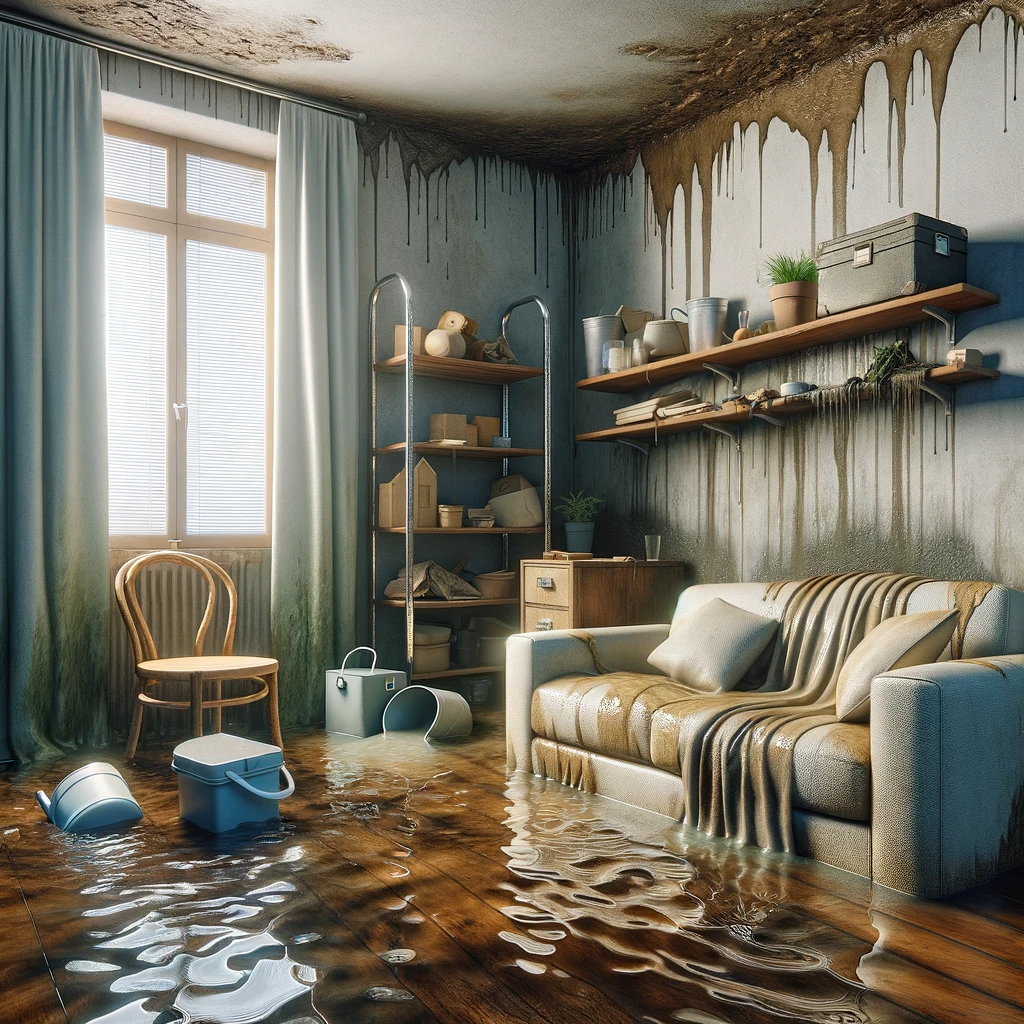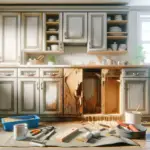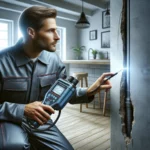The Importance of Damage Assessment
Recognizing the difference between salvageable items and those beyond repair is crucial in managing water damage. This distinction not only aids in restoring the property more effectively but also helps avoid unnecessary expenditures and reduces health risks. Some items can harbor harmful mold and bacteria if not properly cleaned or replaced after water damage. Conversely, hastily discarding items can lead to additional costs if they could have been salvaged with proper treatment. Therefore, a thorough assessment of the damage is key to making informed decisions, saving money, and ensuring safety during restoration.
Understanding the water damage restoration process
Water damage refers to various potential losses caused by water intruding where it can enable an attack of material or systems by destructive processes such as rotting of wood, mold growth, bacteria growth, rusting of steel, swelling of composite woods, de-laminating of materials such as plywood, and many others.
Water intrusion can be sudden and fast, as in the case of floods or plumbing failures, or it can occur slowly due to a leaky roof or malfunctioning HVAC systems, where it can go undetected for weeks or even months. Regardless of the source, the devastation caused by water damage can be substantial, impacting the structural integrity of your property and possibly leading to the growth of harmful mold and bacteria. Understanding the nature of water damage and its effects can equip homeowners better to tackle the restoration process effectively.
- Water Extraction: After the initial assessment, any standing water is removed from the property using specialized equipment. This also includes drying out damp areas to prevent the spread of damage and mold growth.
- Drying and Dehumidification: Post-extraction, drying, and dehumidification processes remove any remaining moisture in the property. This involves using advanced drying equipment and air scrubbers to completely remove water and humid air, protecting the property from further water damage.
- Cleaning and Sanitizing: This step entails the cleaning, sanitizing, and deodorizing of all restorable items and structures damaged by the water. This is a crucial step as it ensures the removal of potentially harmful bacteria or mold spores that may have developed.
- Restoration: The final step involves restoring the property to its pre-water damage condition. This can range from minor repairs, such as replacing drywall and installing new carpet, to major repairs, such as reconstructing entire rooms or areas.
Remember, every water damage event is unique and requires a customized solution, but the general process stays the same.
It’s often a good idea to file a claim with your insurance company or flood insurance if there is extensive damage. The sooner the claim is made, the quicker you can start the restoration process. In most cases, insurance policies cover water damage resulting from sudden and accidental events, but it’s always essential to review your policy carefully to understand what is included and excluded.
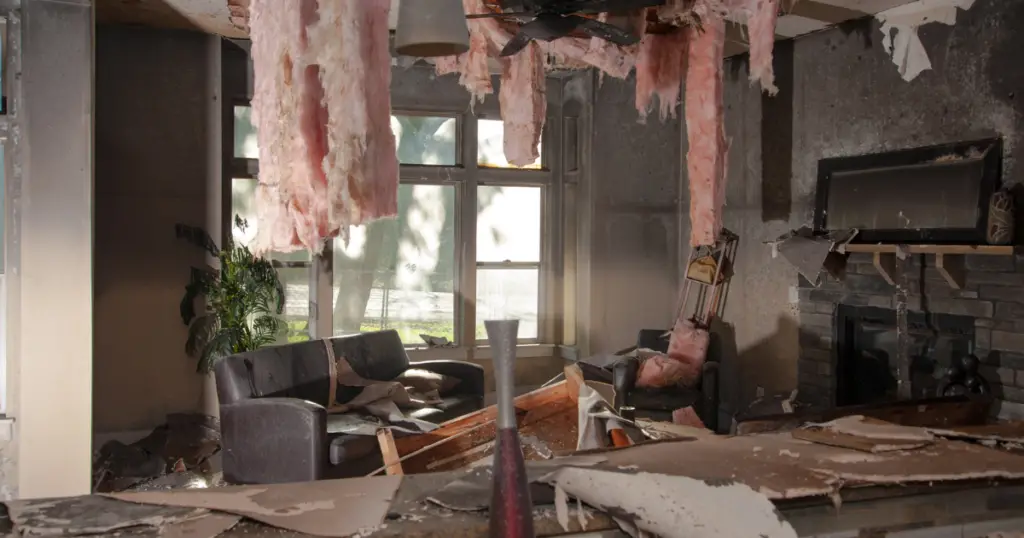
Class of Water Damage
Understanding the class of water damage is essential because it determines the severity of the situation and the necessary steps for remediation. Here are the different classes recognized in the industry:
Class 1
The least severe level is where only a small area is affected, and there is minimal absorption into surrounding materials. This type of damage is often easy to manage without professional assistance.
Class 2
There is a significant amount of water, absorption, and evaporation. This class affects entire rooms, with water absorbed into carpets and cushioning and reaching a height of 12 inches up the walls.
Class 3
This represents the greatest amount of water absorption and evaporation. Typically, ceilings, walls, insulation, carpeting, and sub-floors are all saturated in scenarios that fall into this class. Some examples of this are a burst pipe of sump pump failure.
Class 4
This class involves materials with low porosity, such as hardwood floors, plaster, and concrete, necessitating special drying situations and longer drying time frames.
Each class requires a specific approach to ensure the property is thoroughly dried out and restored and to minimize lasting damage.
Breakdown of Salvageability by class of water
When considering the salvageability of items affected by water damage, each class of damage poses its challenges:
- Class 1: In situations where the damage is classed as Class 1, many items are likely salvageable due to the minimal water absorption. Non-porous materials and items that have only been lightly affected stand a good chance of being dried and restored to their pre-damage condition.
- Class 2: With Class 2 damage, there is more extensive water absorption, so the likelihood of salvaging items decreases without prompt and thorough remediation. Quick response is critical; porous materials like carpets and cushioning may be saved if treated promptly, while delay could lead to replacement.
- Class 3: This class is where the salvageability of items greatly diminishes. The extensive saturation often requires professional assessment to determine what can be saved. While some items can still be salvaged with advanced restoration techniques, substantial investment is often required, and replacement might be more cost-effective.
- Class 4: Dealing with Class 4 damage requires highly specialized drying methods due to the involvement of materials with low porosity. Items affected by this water damage can be challenging to restore and often are not salvageable unless they undergo extensive and sometimes costly restoration processes.
How quickly restoration efforts begin for all classes of water damage can greatly affect the salvageability of the impacted items. Professional assessment is always advised to make the most informed and safe decisions for recovery.
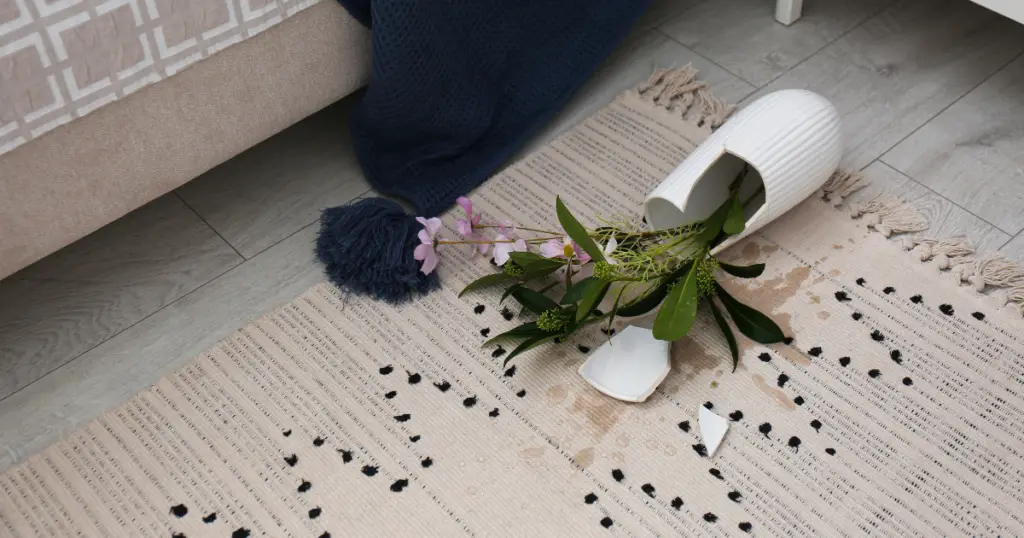
Category of Water Damage
The classification of water damage is based on the origin and level of water contamination, which plays a significant role in determining the restoration approach. The three major classes are as follows:
Category 1: Clean Water
This category involves water originating from a sanitary source and does not pose an immediate threat to human health. Common sources include broken water supply lines, tub or sink overflows, or appliance malfunctions that involve water supply lines.
Category 2: Gray Water
Category 2 water contains significant contamination and has the potential to cause discomfort or sickness if contacted or consumed by humans. Sources of gray water may include discharge from dishwashers or washing machines, overflows from washing machines, flushes from sink drains, and toilet overflows with urine but no feces. Personal protective equipment is necessary during cleanup to avoid exposure, and most items in contact with gray water will require thorough cleaning, disinfection, and drying. Porous materials, like carpet padding and upholstery that cannot be effectively cleaned often must be replaced to prevent health hazards.
Category 3: Black Water
Black water is the most contaminated form of water damage and is grossly unsanitary. It contains harmful bacteria, fungi, chemicals, and other dangerous agents that can cause severe illness or death if ingested. Sources are typically from sewer backup, flooding from rivers or streams, toilet overflow with feces, and stagnant water that has become bacteriologically contaminated. Due to the highly hazardous nature of black water, materials that have been contaminated, especially porous ones like drywall, insulation, and carpeting, are usually unsalvageable and require immediate disposal. High-level disinfection and sanitizing are critical for any remaining structurally sound, non-porous materials.
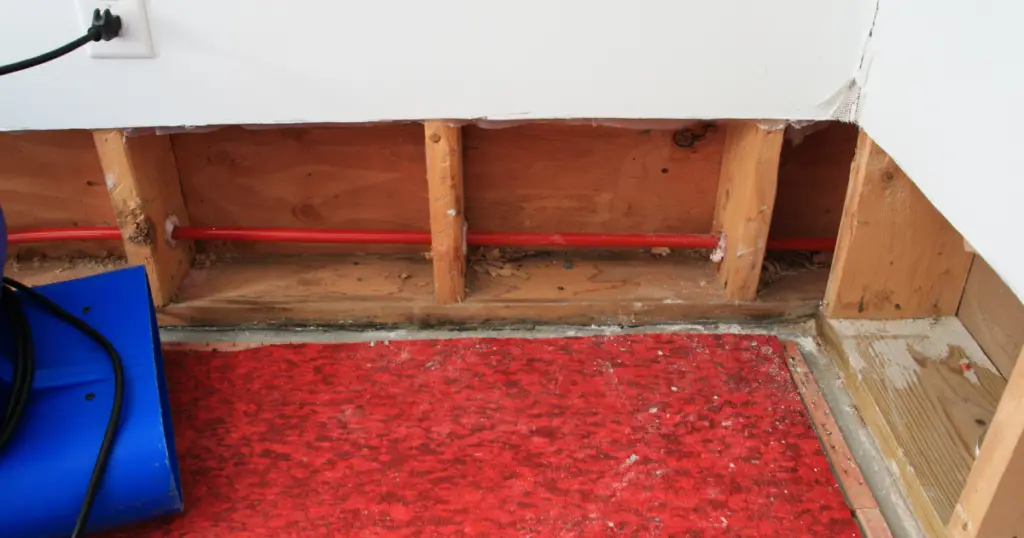
What gets ruined in Water Damage
The variety of items that water can damage is extensive, and the impact largely depends on the class and category of water damage. Some common items and materials often ruined by water damage include:
- Electronics and Appliances: Televisions, computers, stereo equipment, washing machines, and other electronics are highly susceptible to water damage and often require replacement.
- Furniture: Upholstered furniture and wood furniture can absorb water, leading to warping, swelling, mold, or mildew that may necessitate costly repairs or replacement.
- Personal Items: Books, photographs, clothing, and other personal items can become quickly ruined if exposed to water.
- Flooring: Carpets, laminate, and hardwood floors may suffer irreparable damage such as staining, swelling, or warping when exposed to water for prolonged periods.
- Structural Components: Drywall, insulation, and wooden support structures are prone to water damage and possible mold growth, often requiring removal and replacement.
- Electrical Systems: Wiring, outlets, and electrical panels can be compromised, creating potential safety hazards that professionals must address.
- Plumbing Fixtures: Toilets, sinks, and tubs can be damaged or dislodged, and their fixtures like faucets and handles can corrode or become malfunctioning.
- HVAC Systems: Furnaces, air conditioners, and ductwork can be affected, potentially reducing efficiency or causing these systems to fail.
- Documents and Media: Paper documents, media files stored on devices or discs, and artwork can be destroyed beyond recovery when exposed to water.
In many cases, the extent of damage dictates whether these items can be restored or replaced, emphasizing the need for rapid water damage mitigation.
Mold Growth
One of the most significant risks associated with water damage is mold growth. Mold can begin to grow within 24-48 hours of exposure to water, and its spores can spread rapidly throughout a property, causing further damage and potential health hazards. Mold requires moisture, organic material, and warmth to thrive, making water-damaged areas ideal for its growth.
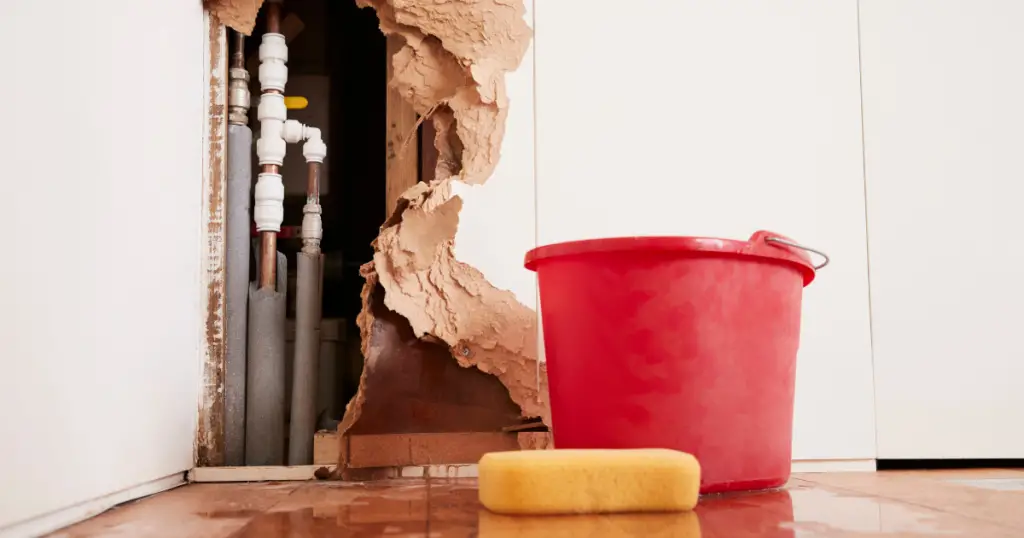
What Can Often Be Saved
While the potential for loss can be significant with water damage, not all is necessarily lost. With prompt and effective remediation efforts, several items can often be salvaged, minimizing the impact of the disaster. Among these salvageable items are:
- Non-Porous Items: Items made of non-porous materials like plastics, glass, and metal are typically easier to clean and restore.
- Hardwood Furniture: Solid wood furniture can sometimes be saved if dried out properly and promptly, although it may require refinishing.
- Clothing and Textiles: If they aren’t damaged by contaminated water, clothing and other textiles can often be cleaned and decontaminated.
- Important Papers: Documents that are wet but not contaminated can go through a drying process, such as freeze-drying, which can restore them without causing additional damage.
- Photographs: If acted upon quickly before any sticking or color bleeding occurs, photographs can sometimes be saved through careful washing and drying.
- Artwork: Depending on the medium, some artwork can be saved, especially if professional art restorers are involved soon after the damage.
- Curtains and Drapes: Many window treatments can be laundered or professionally cleaned if not soaked in contaminated water.
While the salvageability of these items greatly depends on the cleanup speed and the type of water involved, restoration specialists often have the skills necessary to recover these belongings to their pre-loss condition.
Professional water damage restoration services play a crucial role in mitigating the effects of water damage and restoring property to a safe and livable condition. Skilled professionals in this field are equipped with advanced techniques, specialized equipment, and a deep understanding of the different water damage categories and associated risks. They assess the situation rapidly to develop a customized plan that includes water extraction, drying, dehumidification, disinfecting, and preventing mold growth. This not only helps salvage as many items as possible but also ensures that the structural integrity of the building is maintained. Moreover, professional restoration teams coordinate with insurance companies to streamline the claims process, helping property owners navigate the financial aspects of recovery.
Prevention and Immediate Actions
Preventing water damage requires proactive measures and regular maintenance to safeguard your property. Here are some practical tips to help minimize the risk:
- Regular Inspections: Conduct periodic inspections of your roof, windows, and pipes to identify and repair any potential weaknesses or damages that could lead to leaks.
- Gutter Maintenance: Clean and maintain gutters and downspouts to ensure proper drainage away from your home’s foundation.
- Water Detection Devices: Install water detection devices near appliances, toilets, and sinks to alert you of any leaks before they cause significant damage.
- Sump Pumps: If you live in an area prone to flooding, consider installing a sump pump in your basement or crawlspace to remove excess water.
- Proper Landscaping: Slope landscaping away from your foundation to prevent water pooling and potential seepage into your home.
- Quality Plumbing: Use high-quality materials for your plumbing system and replace hoses to major appliances every five years to prevent ruptures.
- Insulate Pipes: To avoid frozen and burst pipes, ensure they are properly insulated, particularly in cold weather.
- Smart Home Technology: Consider integrating smart home systems that can monitor for leaks and shut off water supply if anomalies are detected.
- Emergency Plan: Have an emergency plan and response kit ready in case of a water-related disaster, including the contact information for a trusted water damage restoration service.
By implementing these measures, homeowners can significantly reduce the chances of water damage and mitigate its impact should it occur.
Plumbing Fixtures: Toilets, sinks, and tubs can be damaged or dislodged, and their fixtures, like faucets and handles, can corrode or malfunction.

